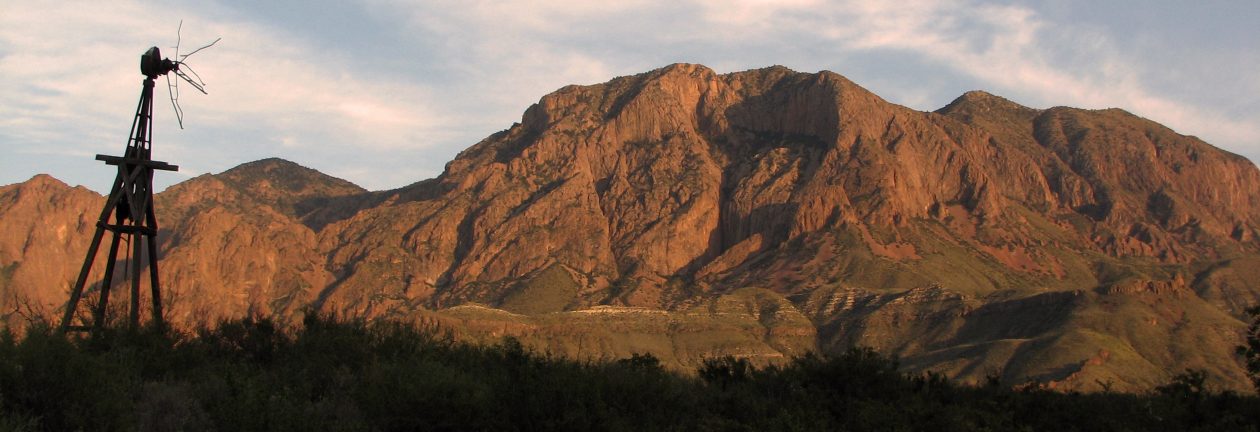TWENTY-FIFTH MOVEMENT: JORDAN
Petra, Jordan
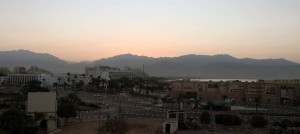
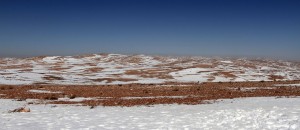
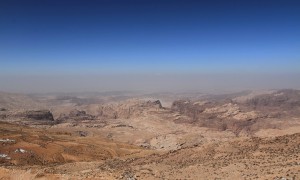
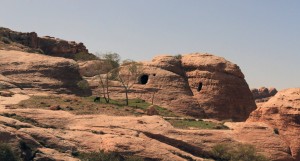
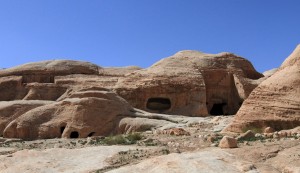
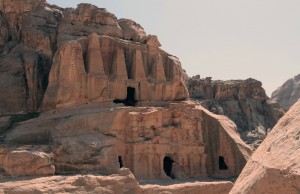
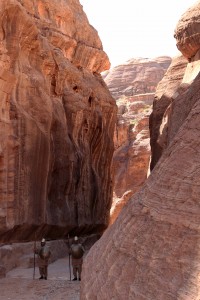
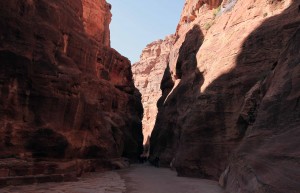
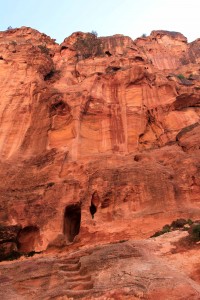
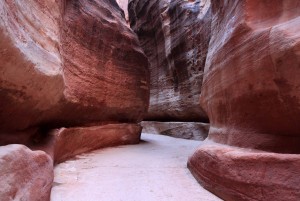
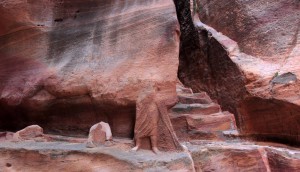
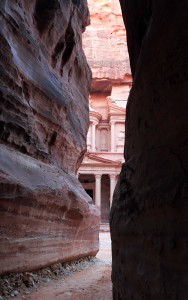
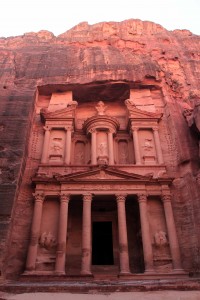
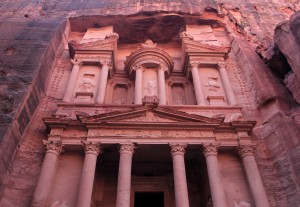
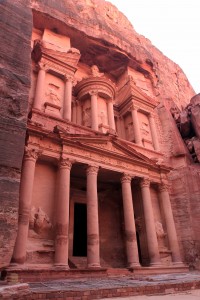
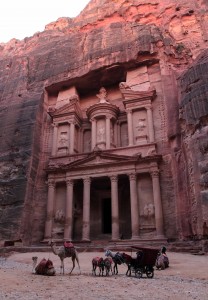
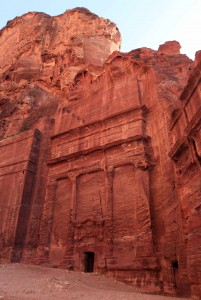
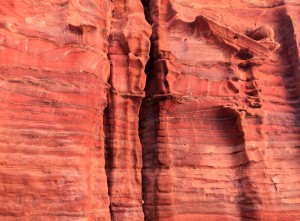
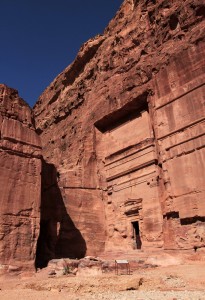
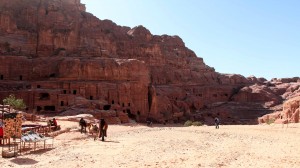
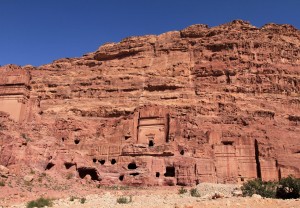
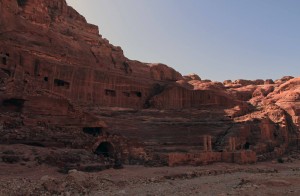
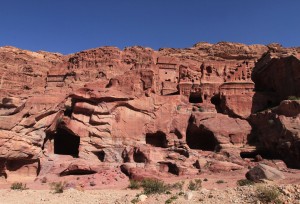
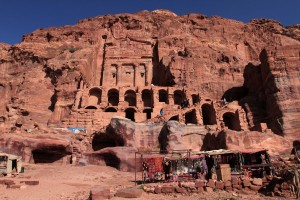
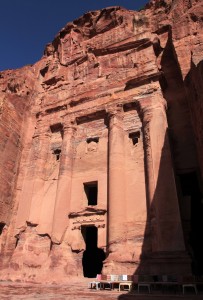
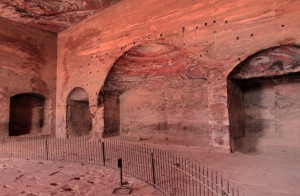
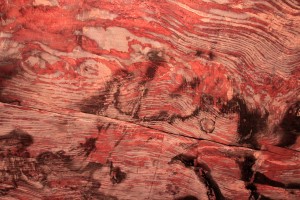
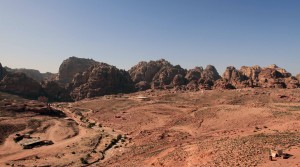
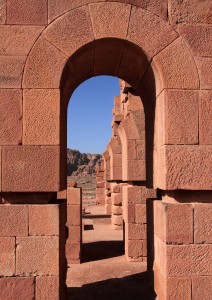
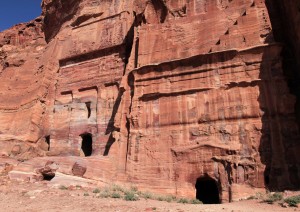
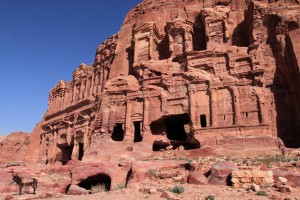
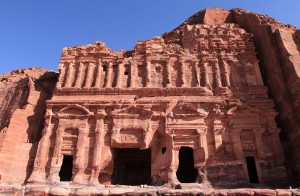
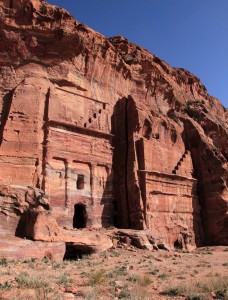
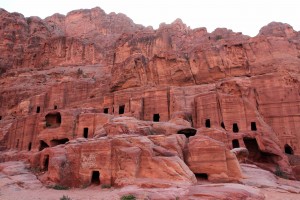
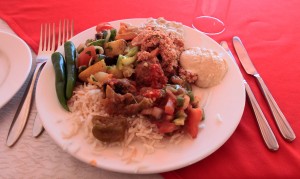
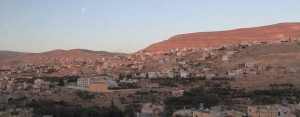
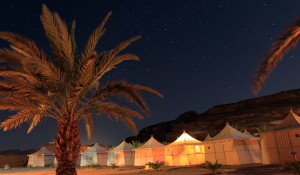
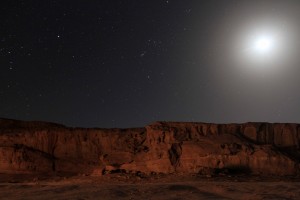
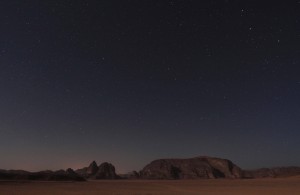
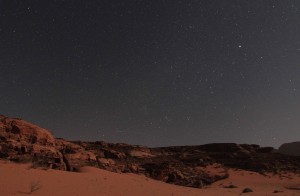
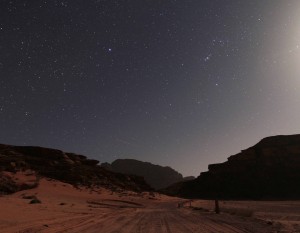
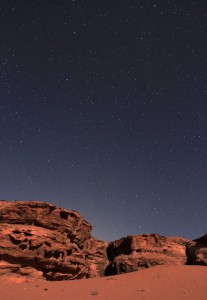
I woke up just after 06:00 due to pressing snooze several times on my alarm. I then got ready, packed my bags, and walked to the Eilat bus station (finding the exact spot that the tour agency’s website showed for picking up passengers), making it there at 06:45. I then waited around until about 07:20, when I happened to see the tour bus driving by; I waved the driver down and got on board (I suspect he would not have stopped and I did well to keep a lookout). We then picked up some more passengers at the local airport before driving to the Israel-Jordan border crossing. The Israeli tour guide told us what to do and made sure we passed through each section of Immigration on the Israeli side; once we had all passed through, he told us that his Jordanian counterpart (a man who had lived in Wisconsin for fifteen years) would meet us on the Jordanian side and guide us through there. We then walked to the Jordanian side, past a minefield (or so the danger signs claimed), and began the immigration process in to Jordan; we had already coughed up the Visa fee (separate from the high price of the two-day tour) and after passing our bags through a not-so-vigilant security scanning team, we entered passport control and were stamped in to Jordan. We then waited for everyone to finish before the Jordanian tour guide rounded us up and took us to his bus. From the border crossing, we drove through Aquaba, past the Wadi Rum, and up in to and over the nearby mountains (which had snow up at the higher altitudes); along the way, the guide gave us information about Aquaba and Jordan in general. We then stopped at a rest stop where we were able to get some nice photographs of the desert and snow. Next, we drove to a viewing point where we were able to see the Great Rift Valley (the great valley created by tectonic forces that runs from Tanzania to Lebanon; although made from different faults and rifts, they run connected to each other) and even Aaron’s Tomb (Aaron, brother of Moses) perched on top of one of the mountains (“Jabal Harun”) far in the distance (one of his tombs anyway – according to Jewish tradition, Aaron was buried on Mount Hor in the Sinai). We then drove onward to Petra. We reached the entrance gate, waited for our guide to get our tickets, and then we proceeded toward the historic city. Petra may have been established as the capital of the Nabataeans as early as 312 BC and was located right on the Silk Road, which helped bring the city much wealth from all the traveling caravans; Rome incorporated Petra in to her empire in the second-century AD, but Petra soon began to decline afterwards due largely to a revision of sea-based trade routes; in 363 AD, an earthquake destroyed many of Petra’s rock-hewn tombs and crippled its water system; finally, after the Arab invasion in 663 AD, the last inhabitants abandoned the city. From the visitor center, we walked along the path to the city (some opted to ride a horse for the 700 feet or so); as we entered in to the rocky landscape, we soon began to notice tombs; most just had entrances and rooms cut in to the rock; others were more ornate and had reliefs of stairs at the top of their facades (depicting a stairway to heaven). We walked past the Obelisk Tomb (an Egyptian-styled tomb) and in to the narrow canyon known as Al-Siq; there were a number of sculpted reliefs in the canyon and even the remains of a life-size depiction of a man leading his camel. We then came to the end of Al-Siq and reached the world famous Treasury (also known as “Al Khazneh”), which was originally built as a mausoleum and crypt at the beginning of the first-century AD; the name “Treasury” comes from an old Arabic legend that the urn on the second level contained treasures hidden by bandits; unfortunately, the urn is solid sandstone. After spending a great deal of time at the Treasury, we continued on further in to Petra, past more tombs flanking our left and right, until we came upon a giant theater cut in to the rock. We stopped here for a short time while our guide explained the history; he then let us go to explore Petra for the next ninety minutes before we were all to meet up again at the park entrance. I immediately walked up the sandstone-carved steps up to the Urn Tomb (which we were allowed to enter inside – something one is no longer able to do at the Treasury); I then continued on to the Palace Tomb, which was a nicely carved structure. Next, I followed the path a short distance, but when I didn’t see anything else, I walked back to the theater. I then traveled back to the entrance (stopping at the Treasury again to try and take some iconic photos), making it there at 15:50. At 16:00, the guide rounded us up, we all got back on to the bus, and drove for ten minutes to a restaurant with a buffet set out for our lunch. I had several helpings of many different dishes (rice, beef, bread, hummus, salads, spaghetti, etc.). After lunch, we were driven to a couple of hotels to let other passengers (who were exploring Petra for two days) off; we then drove toward Aquaba and near Wadi Rum, a German photographer, a couple from Chicago (an American guy and a Mexican woman), an older couple from Canada, and I got off and loaded up in to two trucks driven by Bedouin. We were then taken to the Bedouin Camp Resort. This resort had lodgings, a fancy restaurant and bar, and nice, permanently-erected tents for us – it was not the rugged affair I and my traveling companions imagined when we were told we would be staying in a Bedouin Camp near Wadi Rum. We then found our tents and because the people running the resort are cheap, they put the German and I (the two lone travelers) in to the same tent despite the German paying extra for his own lodging. We then went to the restaurant, but since it had only been a few hours since I stuffed myself, I was not hungry. I did have some Jordanian beer (that tasted crisp and satisfying), much needed water, and a banana. Then, the German and I went out to take some nighttime photographs of the desert and the stars; we grabbed our cameras and tripods and set up at several locations, experimenting with the ISO and shutter speed. Unfortunately, the moon was out in half-force and emitted too much bright light to capture the Milky Way. After taking photos for over an hour, the German and I returned to our tent and went to sleep. The German was set on waking up at 02:00 to photograph the Milky Way, but I was too tired and decided I would sleep until 06:30 or so. We then went to sleep. I did wake up at 02:30 to urinate and did see an impressive amount of stars in the night sky; however, I was disappointed to see the German photographer still sleeping – he decided to sleep through the night as well.
